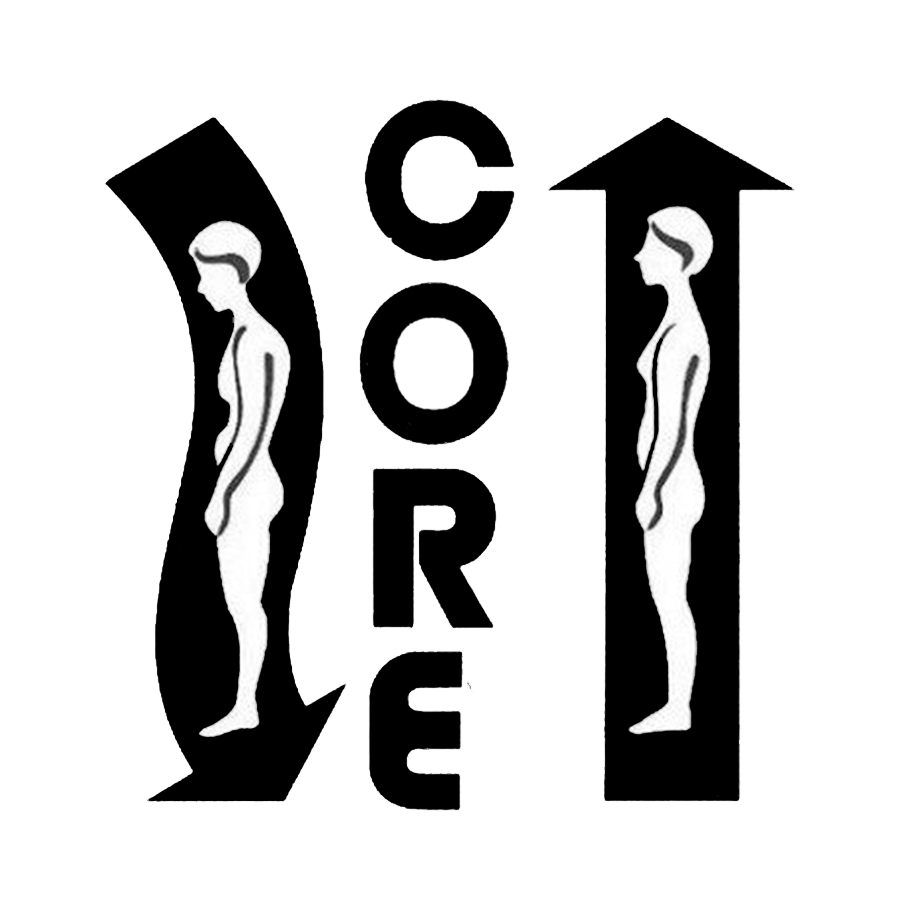I’m definitely getting older and slowing down in many ways, speeding up in others. One thing I realize is I spend less times on the things that don’t please me and more times on the things that do. Thus, when I bother with a seminar, a new book or project, developing or refining my ideas, they’d better feed my soul!
This past Friday I attended an online seminar on The Fascia Hub (www.thefasciahub.com) with Ana Barretxeguren and hosted by founder Jan Trewatha. Ana has been ‘blessed’ with lung problems that have caused her to search deeply for the questions surrounding breath, and had some interesting ideas, a few of which I’d like to share.
Years ago when I just came out of my bodywork training, I returned to Springfield, Missouri and helped to organize a Wellness Network. Our first presenter was the massage matriarch of Springfield who had just returned from her first craniosacral course. While her demo of cranial work was frankly boring, one comment resonated for me: “The longer I work, the more convinced I am it’s all in the breath.”
So Ana’s presentation this week enhanced some of my ideas and challenged others. She began with a simple fact: we take our first breath at birth and our last at death; it’s what’s in between that we have control over. Ana presented the idea of breath as a lemniscate; something like a figure eight, and suggested that we all explore breathing in for 5 1/2 seconds, then out for 5 1/2 seconds. As we allow ourselves to trace that eight, the central restriction is where we change from inbreath to outbreath. I was delighted that on my second or third outbreath I experieced what I think of as a ‘Rosenberg reset’ of the vagal system; I had a huge yawn that suggested to me my vagus system had just calmed measurably (Stanley Rosenberg authored “Accessing the Healing Power of the Vagus Nerve” and suggests a yawn, sigh, or deep breath indicates a vagal reset).
Ana also suggests the inbreath activates the sympathetic system and is our ‘driver’; the outbreath activates the parasympathetic and is our ‘recovery mechanism’. Yes, of course! A good presentation, and I’d like to add a few of my thoughts:
Data suggests that we enhance our Heart Rate Variability, which causes better health, by finding our optimal breath rate, which is usually between 4 1/2 and 7 breaths per minute.
Think of fibromyalgia as an example. I’ve long maintained it’s simply the disease of an overstimulation; something that ‘took our breath away’ and we can’t remember how to get that big exhale. It follows that when we can’t follow the lemniscate of breath in and out, we’re trapping all our systems, causing the pain and fear of fibro. Ana suggested we’re ‘immobilizing our ribs by bracing against something’. Good image!
How can our bodies be healthy if we won’t nurture them with breath? How can our systems be healthy if we won’t concentrate on bringing breath both in and out?
I’ve long advocated for breathing out a bit longer than the inbreath; my rationale is to exchange the oxygen in the lungs. Now I’m not so sure; however, isn’t it possible we use two kinds of breath? The equal in/out would be to enhance the vagal system and the longer outbreath would be to enhance lung health.
Anyway, I’ve gotten overlong in reporting and speculations, but I like the idea from our massage queen years ago: “The longer I work, the more I’m convinced it’s all in the breath.” Thanks to Ana and Jan for a stimulating conversation!
